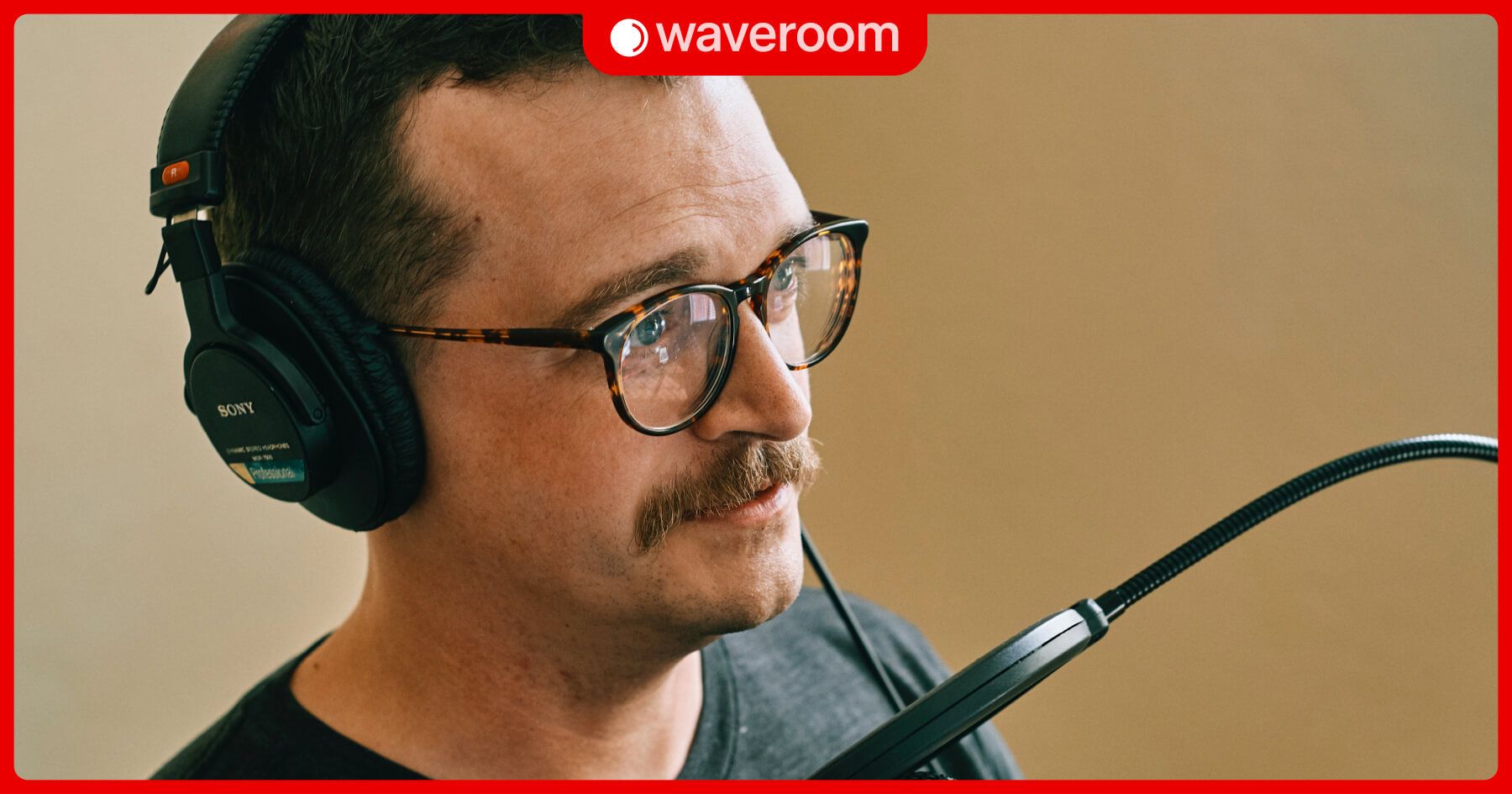A Beginner's Guide to Webinars: What Is a Webinar & How Does it Work?
Are you interested in learning about webinars? Want to host one? This guide will provide you with everything you need to know.

In recent years, webinars have become an increasingly popular way for businesses, organizations, and individuals to connect with large audiences in a cost-effective and convenient way. But what exactly is a webinar, and how does it work? In this guide, we'll answer these questions and provide you with a comprehensive overview of webinars.
What is a webinar?
A webinar is an online seminar that allows individuals or organizations to communicate with a large group of people over the Internet. Webinars can be used for various purposes, such as hosting virtual events, conducting product demonstrations and Q&A sessions with experts, as well as delivering training sessions, and more. They are often interactive, allowing participants to ask questions, respond to polls, and engage in discussions with the presenter and other attendees.
The process of hosting a webinar typically involves using a specialized software platform that allows the host to create a virtual meeting space where participants can join from anywhere in the world using their computer or mobile device. The host can share their screen, show presentations, videos, and other multimedia content, and use a webcam or microphone to speak to the audience in real time.
One of the main advantages of webinars is that they are highly flexible and can be customized to suit the needs of different audiences and topics. They can be conducted live or recorded in advance and can be accessed on-demand by those who missed the live session.
Overall, webinars are a powerful tool for businesses, organizations, and individuals looking to connect with large audiences in a cost-effective and convenient way.
How does a webinar work?
People who host webinars usually do so by performing the following steps:
1) Choose a Webinar Platform. First, you'll need to choose a webinar platform that suits your needs. There are many different platforms available, ranging from multipurpose video calling and recording services such as Zoom, Google Meet and Waveroom to specialized platforms like GoToWebinar and Webex.
2) Set Up the Webinar. Once you've chosen a platform, you'll need to set up your webinar. This involves creating a registration page where participants can sign up for the webinar, creating a presentation using a tool like PowerPoint, and setting a date and time for the webinar.
3) Promote the Webinar. In order to ensure that your webinar is well-attended, you'll need to promote it using different marketing channels, such as email, social media, and paid advertising.
4) Host the Webinar. On the day of the webinar, participants will log in to the webinar platform and join the session. The presenter(s) will deliver their presentation, and participants will be able to interact with them using chat or other communication tools.
The webinar can also be in the form of a pre-recorded video streamed online. This requires recording a video using software or web service of your choice and scheduling it to stream at a specific time via social media or dedicated streaming and video platforms.
5) Follow Up. After the webinar is over, it's important to follow up with participants. Provide enough time to conduct the Q&A session immediately after the presentation of the main material. Contact attendees in the next few days after the webinar to gather feedback and nurture leads.
Advantages of webinars
When it comes to communication, webinars have proven to be a cost-effective and efficient tool. One major advantage of webinars is their ability to eliminate the need for costly travel and venue rental, making them an affordable option for businesses and individuals alike. Additionally, webinars have a wide reach, as people from all around the world can attend them. This makes them ideal for reaching a large and diverse audience.
Another major benefit of webinars is their interactive nature. They allow for real-time interaction between presenters and participants, which can lead to more engagement and enhanced learning experiences.
Moreover, webinars provide valuable data on participant behavior, such as attendance rates, engagement levels, and feedback. This data can be used to improve product and marketing strategies, making them an important tool for businesses and organizations.
FAQs
🔴How long should a webinar be?
The length of a webinar can vary depending on the topic and audience, but most webinars last between 30 minutes and 1 hour.
🔴Do I need any special equipment to host a webinar?
Most webinar platforms require only a computer or mobile device with an internet connection and a microphone.
🔴Can I record my webinar?
Yes, most webinar platforms allow you to record your webinar and make it available for viewing later. Some services also offer the possibility to pre-record a webinar.
How to record a webinar with Waveroom
Waveroom is an online platform for high-quality audio and video recording. This virtual recording studio offers a range of services that allow artists and creators to produce professional-grade content, including webinars. Follow the steps below to create your webinar using Waveroom.
- Sign up for a free account on Waveroom's website.
- Click the Create a Room button. This is how you create a virtual recording room on the site.
- Enter the name of your room at the top of the page.
- Set your Video, Audio and Record preferences under the video preview.
- (Optional) Copy the invite link. Send it to people you want to join as co-hosts.
- Click the Start Now button to open your room.
- Click the Start Recording button when you’re ready to begin the session.
- Click the Stop button to end the recording.
- Wait a few seconds until the recording is saved.
- Click the All Rooms button at the upper left corner of the page.
- Click the room that you’ve been in. Here you can play and download the locally recorded video and audio files of each person who hosted the webinar.
That’s it! The recorded audio and video will be saved in the quality and resolution you’ve set before the meeting. Edit the webinar recording if needed and stream it on the platform of your choice.
Conclusion
Webinars are a powerful tool for communicating with large groups of people over the internet. Whether you're a marketer, educator, or business owner, webinars can help you reach your audience and achieve your goals. By following the steps outlined in this guide, you can create and host a successful webinar that engages your audience and delivers value.
Follow Waveroom on Twitter, Facebook and Reddit to get more useful information on webinars, podcasts, interviews, online communications, and more.
